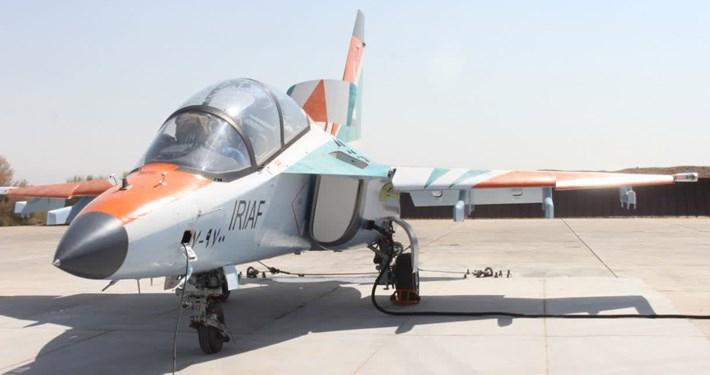Iran Prepares Pilots for Su-35 Operations Ahead of Arrivals from Russia
According to military observers in the Middle East, Iran's acquisition of Su-35 aircraft is expected to somewhat bolster Tehran's efforts to modernize its air force, which currently relies on aging fighter jets.
(DEFENCE SECURITY ASIA) — The Iranian Air Force has reportedly selected 40 MiG-29 pilots to commence training to operate the Sukhoi Su-35 fighter jets acquired from Russia.
Some of these MiG-29 pilots will undergo training in Russia, while the rest will undergo their training in Iran using the Yak-130 advanced trainer aircraft belonging to the Iranian Air Force.
Given that Iranian pilots are already skilled and knowledgeable in flying Russian-made fighter jets, the Su-35 operational training is expected to proceed without any major issues.
In November of last year, Iranian Deputy Defense Minister Brigadier General Mahdi Farahi stated that the country had finalized an agreement with Russia to acquire Su-35 fighter jets and Mil Mi-28 “Havoc” combat helicopters.
Iran had already received light fighter jets cum Fighter Lead-In Trainer (FLIT) aircraft, the Yak-130 “Mitten,” from Russia in September of the previous year.

The Yak-130 “Mitten” training aircraft will enable Iran to train its pilots in handling fourth-generation+++ fighter jets such as the Su-35, as well as fifth-generation fighter jets like the Su-57 “Felon.”
According to the Deputy Defense Minister, the process of ensuring Iran’s ownership of the Su-35 fighter jets and combat helicopters has been completed, and all assets of the Iranian Armed Forces will soon be in the country’s possession.
Iran has not purchased any new fighter jets in recent years, except for several MiG-29 aircraft acquired in the 1990s.
Since the outbreak of armed conflict between Russia and Ukraine two years ago, Tehran and Moscow have increased defense cooperation between the two countries.
Iran is reported to have acquired a total of 24 Su-35 fighter jets from Russia.
Initially, all 24 Su-35 fighter jets were supposed to be sold to Egypt, but Cairo canceled the purchase after being threatened by the United States with economic sanctions under CAATSA if it proceeded with the purchase of Russian aircraft.
After Egypt canceled the purchase of the Su-35 aircraft, Russia proceeded to sell them to Iran.
The receipt of Russian-made fourth-generation++ fighter jets is likely part of the “reward” for military assistance provided by Iran to Russia to aid its military campaign in Ukraine.

Tehran has supplied thousands of Shahed-136 kamikaze drones to Russia, which have been used to target infrastructure and Ukrainian military positions.
According to military observers in the Middle East, Iran’s acquisition of Su-35 aircraft is expected to somewhat bolster Tehran’s efforts to modernize its air force, which currently relies on aging fighter jets.
At present, the Iranian Air Force still depends on old American-made aircraft such as the F-4 Phantom, F-14 Tomcat, and F-5, acquired during Iran’s pro-Western Shah regime.
The Shah regime fell in a revolution in 1979 and was replaced by Ayatollah Khomeini.
In addition to aircraft from Russia and the United States, the Iranian Air Force also operates old fighter jets from France and China. — DSA



Comments are closed.